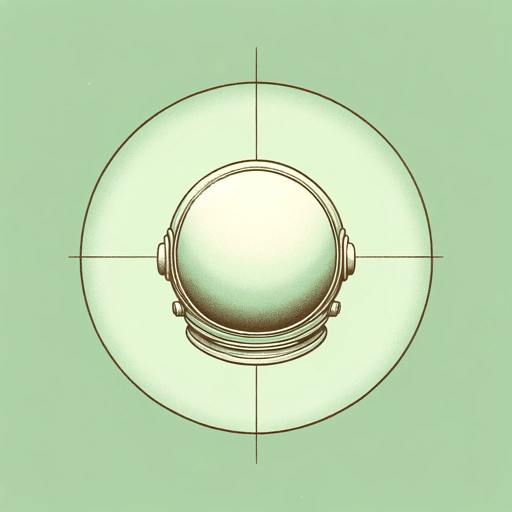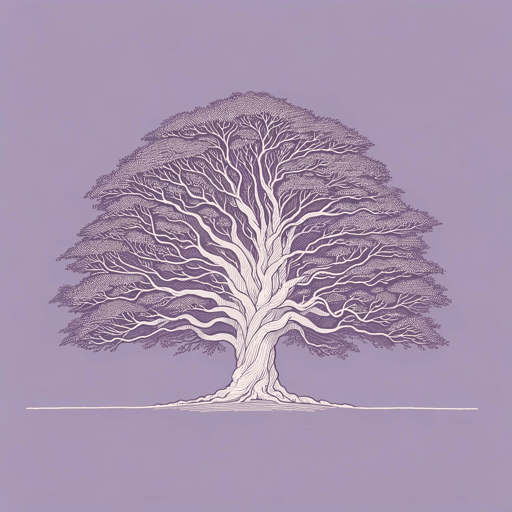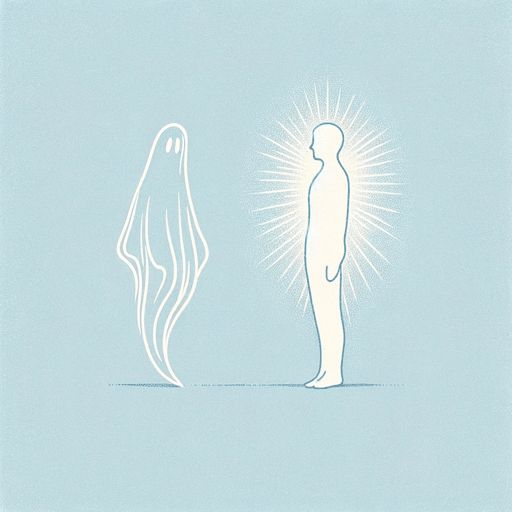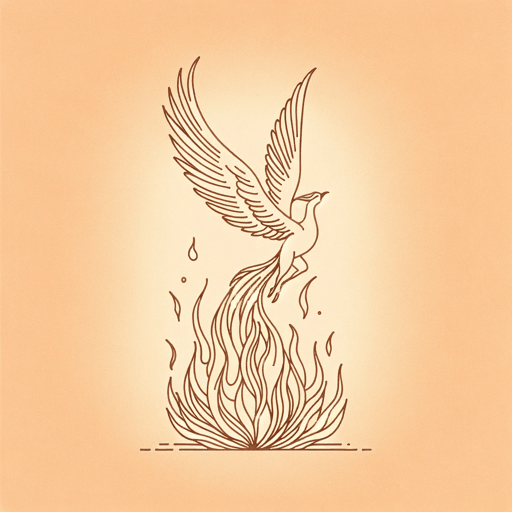69 pages • 2 hours read
C. S. LewisMere Christianity
Nonfiction | Essay Collection | Adult | Published in 1952A modern alternative to SparkNotes and CliffsNotes, SuperSummary offers high-quality Study Guides with detailed chapter summaries and analysis of major themes, characters, and more.
Book 2, Chapters 1-3Chapter Summaries & Analyses
Book 2: "What Christians Believe"
Book 2, Chapter 1 Summary: "The Rival Conceptions of God"
Lewis explains that the first big division within humanity is between the majority, who believe in some kind of god or gods, and the minority who do not. The next division involves the types of god(s) people believe in. Here, Lewis draws a distinction between the Abrahamic religions on the one side, and Pantheism on the other; the former view God as infinitely good, whereas the latter views good and evil as essentially human constructs irrelevant to any understanding of the divine. This is in part a function of Pantheism’s understanding of God as animating everything (good and bad) within the universe “so that the universe almost is God” (37) By contrast, the Christian (and more broadly Abrahamic) understanding of God is as the creator of the universe. Consequently, the Christian God would still exist even if the universe did not, and can in some sense be described as “separate from the world” (37) and, in particular, the bad things in it.
Related Titles
By C. S. Lewis

A Grief Observed
C. S. Lewis

Out of the Silent Planet
C. S. Lewis

Perelandra
C. S. Lewis

Prince Caspian
C. S. Lewis

Surprised by Joy
C. S. Lewis

That Hideous Strength
C. S. Lewis

The Abolition of Man
C. S. Lewis

The Discarded Image
C. S. Lewis

The Four Loves
C. S. Lewis

The Great Divorce
C. S. Lewis

The Horse And His Boy
C. S. Lewis

The Last Battle
C. S. Lewis

The Lion, the Witch and the Wardrobe
C. S. Lewis

The Magician's Nephew
C. S. Lewis

The Problem of Pain
C. S. Lewis

The Screwtape Letters
C. S. Lewis

The Silver Chair
C. S. Lewis

The Voyage of the Dawn Treader
C. S. Lewis

Till We Have Faces
C. S. Lewis

